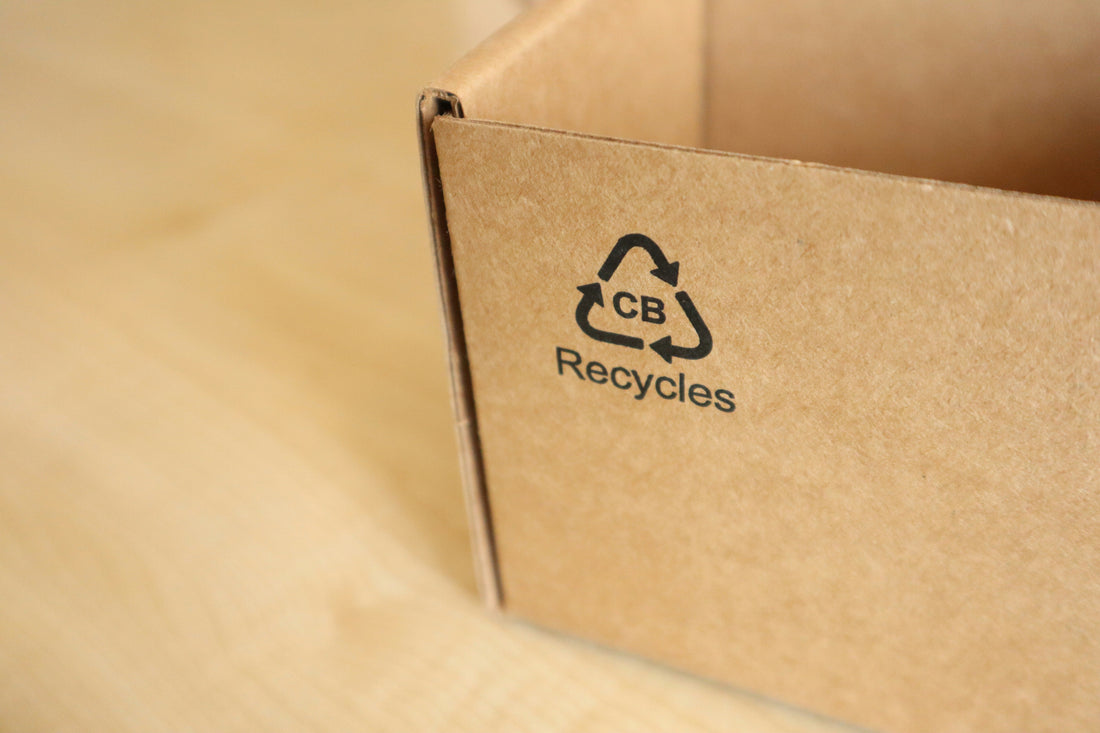
Recycled vs. Regenerated Fibers: What’s Really Sustainable?
Share
(Comparing rPET, organic cotton, modal, TENCEL™, and more)
Sustainability has become a non-negotiable for modern apparel brands. But in a market flooded with buzzwords like "recycled" and "regenerated," understanding what’s truly sustainable isn’t always straightforward.
At [smpl], we help brands make informed material choices—not just for marketing claims, but for real impact.
Recycled vs. Regenerated: What’s the Difference?
Recycled fibers are made from waste materials (often post-consumer), like plastic bottles or old clothing, processed into usable fibers.
Regenerated fibers come from natural sources (like wood pulp or cellulose) that are chemically transformed into soft, wearable fabric.
Both aim to reduce the environmental footprint—but how they do it, and how effective they are, varies widely.
1. rPET (Recycled Polyester)
Made from: Plastic bottles, post-consumer polyester waste
Pros: Diverts plastic waste, lower carbon footprint than virgin polyester
Cons: Still sheds microplastics, not biodegradable
Use case: Activewear, outerwear, linings
Verdict: A good transitional solution—but not a long-term circular material
2. Organic Cotton
Made from: Non-GMO cotton, grown without synthetic pesticides or fertilizers
Pros: Less water-intensive, safer for farmers, biodegradable
Cons: Still resource-intensive, especially at scale
Use case: Basics, underwear, kidswear
Verdict: A strong choice when traced properly, especially for skin-contact garments
3. TENCEL™ (Lyocell)
Made from: Sustainably harvested wood pulp (often eucalyptus)
Pros: Closed-loop production, low water use, fully biodegradable
Cons: Slightly higher cost, requires industrial composting
Use case: Dresses, blouses, soft basics
Verdict: One of the most sustainable and scalable regenerated fibers
4. Modal
Made from: Beechwood pulp
Pros: Soft, breathable, more sustainable than conventional viscose
Cons: Older processes can involve more chemicals (check for Lenzing-certified)
Use case: Loungewear, intimates, tees
Verdict: Better than traditional rayon, but check sourcing
5. Recycled Cotton
Made from: Pre-consumer or post-consumer cotton scraps
Pros: Diverts textile waste, reduces water and land use
Cons: Weaker fiber strength, often blended with other materials
Use case: Denim, blends, accessories
Verdict: Strong sustainability story if blended well and quality-tested
So… What’s the Best Fiber?
There’s no one-size-fits-all answer. The most sustainable fiber depends on your product, brand values, and target market. A premium loungewear brand may benefit from TENCEL™, while a streetwear label could lean into rPET or recycled cotton blends.
At [smpl], we work with you to match your goals to the right material—balancing sustainability, feel, and function.
![[smpl]](http://socflowsimplified.com/cdn/shop/files/smpl_logo_transparent_139f0899-ba33-4a18-9454-24ccdccb6b79.png?v=1750478394&width=600)